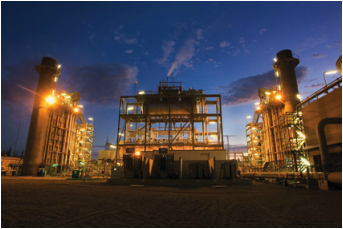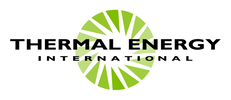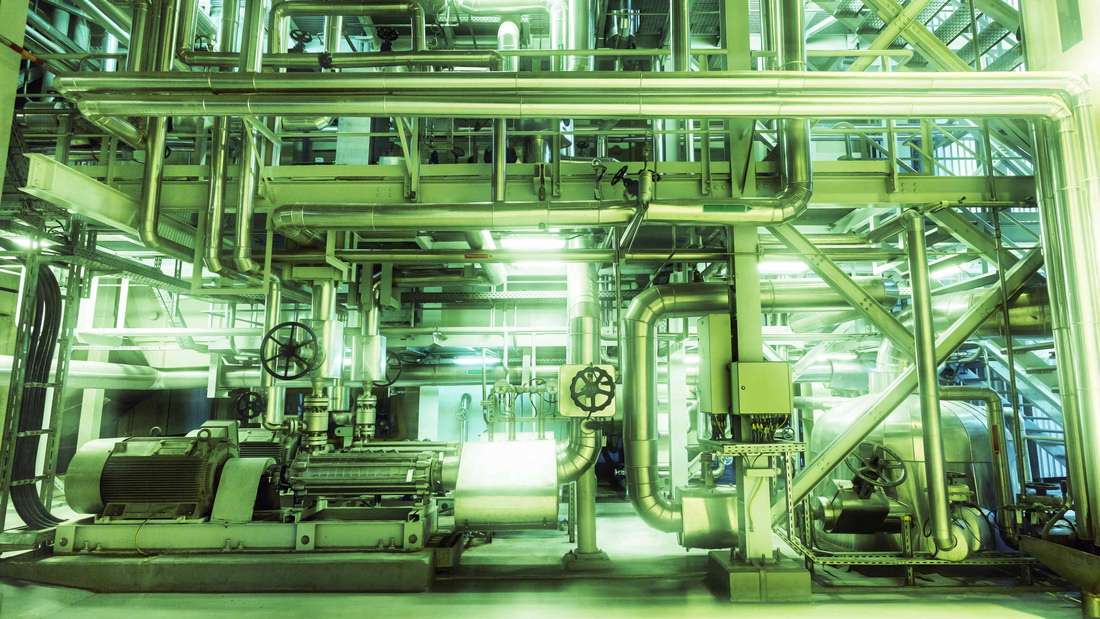|
Improving energy efficiency is one of the best ways for businesses and institutions to both lower their energy costs and reduce harmful greenhouse gas emissions. Improving energy efficiency can also make businesses more competitive and help institutions such as hospitals and universities reallocate funds to staffing, programs and needed equipment. Energy efficiency is a win-win situation. So it should come as no surprise that planned investment in energy efficiency technologies stands at an all-time high according to the 2016 Energy Efficiency Indicator (EEI) survey, conducted by U.S.-based energy efficiency and automotive firm Johnson Controls. Of the 1,200 facility and energy management executives surveyed, 72% said they expect their company to invest more in energy efficiency and renewables in the next year. This is a steep rise in comparison to a similar survey in 2013, when only 42% of companies planned to increase their investments. Improving industrial energy efficiency is one of the most economically effective means of combatting climate change. According to scenarios from the International Energy Agency, more than 40% of the greenhouse gas emission reductions required to limit increases average global temperature within two degrees Celsius by the end of the century will have to come from increases in energy efficiency.
1 Comment
If your plant, hospital or campus uses a significant amount of electricity and fuel is used for heat, you may want to take a look at cogeneration. Cogeneration is an integrated energy system that provides electricity and heat, usually in the form of hot water or steam. While not really an energy source itself, cogeneration (also known as combined heat and power, or CHP for short), squeezes more usable energy out of each unit of fuel most everywhere it is applied. Electricity generation based on fossil fuels is rather inefficient. Heat is an inevitable by-product of any power produced by gas or steam turbines. With cogeneration, the waste heat from electricity generation is recovered and used for applications such as space heating and cooling, water heating, and industrial process heat. By converting heat to useful steam or hot water, a typical cogeneration unit can produce combustion efficiencies of as high as 75% to 80%, compared to about 40% for a combined-cycle gas turbine plant at full load. Combining a typical cogeneration product with Thermal Energy’s proprietary FLU-ACE® heat recovery technology can push efficiency up to as high as 93%. Applications:  Manufacturing operations and other industrial process plants, hospitals, universities and other institutions with a year-round need for both electrical power and steam are candidates for cogeneration. Other candidates are commercial buildings, multi-unit residential buildings and district energy systems. In areas where the relative cost of purchased electricity versus a readily available fossil fuel like natural gas is favorable, cogeneration can satisfy much of a facility’s electricity and heating needs at a substantially lower cost than traditional means. In addition, with absorption chilling, cooling loads can also be met with waste heat from on-site power generation (this is known as trigeneration). Key Benefits: Cogeneration remains among the most efficient ways to convert fossil fuels and biomass into useful energy and can make a significant contribution to meeting energy efficiency improvement targets. [1]
Important Considerations Appropriate sizing and selection of equipment is the most critical factor to the success of any cogeneration project. If incorrect, the plant will not meet the expected output or return. Identifying an appropriate and available location to place the equipment early is crucial as this can significantly impact on the implementation costs if no adequate space is freely available. For many industrial and institutional operations, cogeneration is an energy solution that can save money, improve energy reliability and security, while reducing the facility’s “carbon footprint.” An assessment and/or study by Thermal Energy’s qualified engineering team can help you determine whether cogeneration should play a part in the energy solution for your facility. News Release: Thermal Energy Targets Attractive Cogeneration Market with Super-Efficient, FLU-ACE® Augmented Solution Sources: “A Review of Existing Cogeneration Facilities in Canada (2013),” Canadian Industrial Energy End‐use Data and Analysis Centre Simon Fraser University, Burnaby, BC.; “Combined Heat and Power for Buildings: Good Practice Guide,” Action Energy; Huron Perth Healthcare Alliance’s Strategic Energy Management Plan; http://www.iea-etsap.org/web/e-techds/pdf/e04-chp-gs-gct_adfinal.pdf
|
Archives
August 2021
Categories
All
|


 RSS Feed
RSS Feed